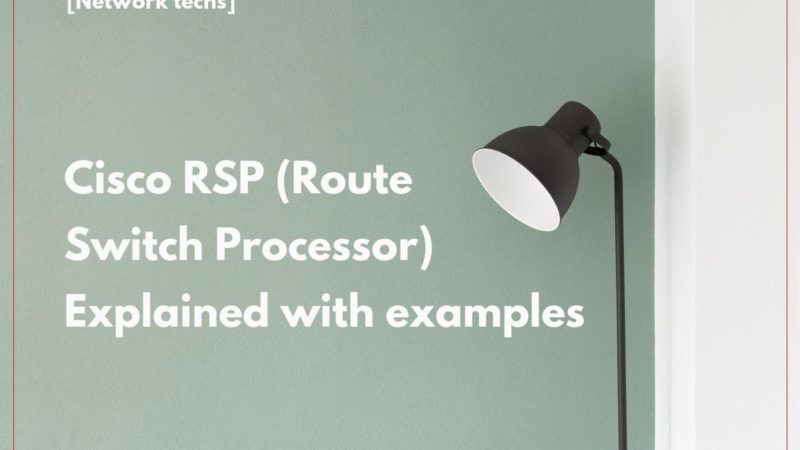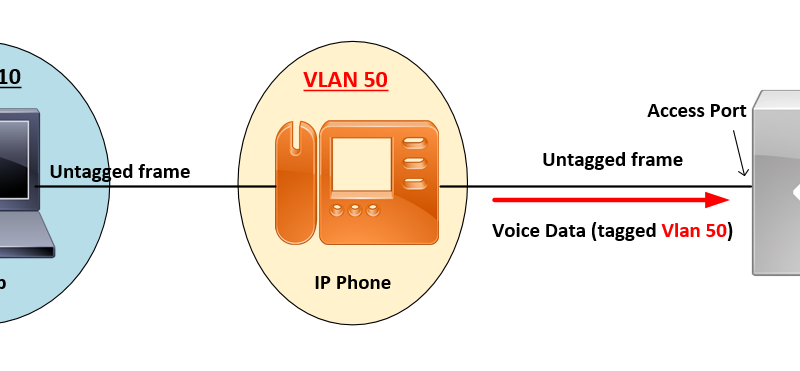IPv6 Addressing Basic concepts [Explained ]
![IPv6 Addressing Basic concepts [Explained ]](https://learnduty.com/wp-content/uploads/2022/02/image-8.png?v=1647900215)
Contents
Introduction:
IPv6 is the most recent version of Internet Protocol (IP). It’s designed to supply IP addressing and additional security to support the predicted growth of connected devices in IoT, manufacturing, and emerging areas like autonomous driving.
Why do we need IPv6:
The primary reason to make the change is due to IPv6 addressing. IPv4 is based on 32-bit addressing, limiting it to a total of 4.3 billion addresses. IPv6 is based on 128-bit addressing and can support 340 undecillion, which is 340 trillion addresses.
Having more addresses has grown in importance with the expansion of smart devices and connectivity. IPv6 provides more than enough globally unique IP addresses for every networked device currently on the planet, helping ensure providers can keep pace with the expected proliferation of IP-based devices.
IPv6 Addressing:
An IPv6 address consists of 8 sets of 16-bit hexadecimal values separated by colons (:), totaling 128 bits in length. [ 16 (Hex) x 8 = 128 bits ]
Example:
2001:0db8:1234:5678:9abc:def0:1234:5678
IPv6 Address abreviation:
You can ignore leading zeros. For consecutive zeros in contiguous blocks, you can use a double colon (::).
Double colons can appear only once in the address.
For example, here is the complete address:
2001:0db8:0000:130F:0000:0000:087C:140B
Here is the abbreviation:
2001:0db8:0:130F::87C:140B
Types of IPv6 Addresses:
As with IPv4, IPv6 addresses are assigned to interfaces. However, unlike IPv4, an IPv6 interface is expected
to have multiple addresses. There are several types:
• Unicast address: Identifies a single node or interface. Traffic destined for a unicast address is forwarded
to a single interface.
• Multicast address: Identifies a group of nodes or interfaces. Traffic destined for a multicast address is
forwarded to all the nodes in the group.
• Anycast address: Identifies a group of nodes or interfaces. Traffic destined to an anycast address is
forwarded to the nearest node in the group. An anycast address is essentially a unicast address assigned
to multiple devices with a host ID = 0000:0000:0000:0000. (Anycast addresses are not widely used
today.)
With IPv6, broadcast addresses are no longer used. Broadcast addresses are too resource-intensive, so IPv6 uses multicast addresses instead.
IPv6 Unicast Addresses subnetting:
As with IPv4 addresses, you can represent an IPv6 address network prefix the same way:
2001:db8:12::/64
IPv6 unicast addresses generally use 64 bits for the network ID and 64 bits for the host ID.

Each IPv6 node on the network needs a globally unique address to communicate outside its local segment. But where a node get such an address from? There are a few options:
- Manual assignment – Every node can be configured with an IPv6 address manually by an administrator. It is not a scalable approach and is prone to human error.
- DHCPv6 (The Dynamic Host Configuration Protocol version 6) – The most widely adopted protocol for dynamically assigning addresses to hosts. Requires a DHCP server on the network and additional configuration.
- SLAAC (Stateless Address Autoconfiguration) – It was designed to be a simpler and more straight-forward approach to IPv6 auto-addressing. In its current implementation as defined in RFC 4862, SLAAC does not provide DNS server addresses to hosts and that is why it is not widely adopted at the moment.
How SLAAC works:
IPv6 – SLAAC EUI-64 format is illustrated below:

IPv6 Address scope:
An address scope defines the region where an address can be defined as a unique identifier of an interface.
These scopes or regions are the links, the site network, and the global network, corresponding to link-local, unique local unicast, and global addresses.

I- Global unicast addresses:
Unique Global unicast addresses are:
• Routable and reachable across the Internet.
• IPv6 addresses for widespread generic use.
• Structured as a hierarchy to allow address aggregation.
• Identified by their three high-level bits set to 001 (2000::/3)
Example: 2001:0DB8:BBBB:CCCC:0987:65FF:FE01:2345

- The global routing prefix is assigned to a service provider by the Internet Assigned Numbers Authority (IANA).
- The site-level aggregator (SLA), or subnet ID, is assigned to a customer by their service provider.
- The LAN ID represents individual networks within the customer site and is administered by the customer.
- The Host or Interface ID has the same meaning for all unicast addresses. It is 64 bits long and is typically created by using the EUI-64 format.
II- Unique Local Unicast Addresses:
Unique local unicast addresses are:
• Analogous to private IPv4 addresses (for example, 10.1.1.254)
• Used for local communications, inter-site VPNs, and so forth
• Not routable on the Internet (routing would require IPv6 NAT)
Example: FD00:aaaa:bbbb:CCCC:0987:65FF:FE01:2345

- Global IDs are defined by the administrator of the local domain.
- Subnet IDs are also defined by the administrator of the local domain:Subnet IDs are typically defined using a hierarchical addressing plan to allow for route summarization.
- The Host or Interface ID has the same meaning for all unicast addresses. It is 64 bits long and is typically created by using the EUI-64 format.
III- Link Local Unicast Addresses:
Link-local unicast addresses are:
• Mandatory addresses that are used exclusively for communication between two IPv6 devices on the same link.
• Automatically assigned by the device when IPv6 is enabled.
• Not routable addresses. Their scope is link-specific only.
• Identified by the first 10 bits (FE80).
Example: FE80:0000:0000:0000:0987:65FF:FE01:2345

The remaining 54 bits of the network ID could be zero or any manually configured value. The interface ID
has the same meaning for all unicast addresses. It is 64 bits long and is typically created by using the EUI-64 format.



![OSPF DR and BDR Election Explained [with Configuration]](https://learnduty.com/wp-content/uploads/2022/03/image-33.png?v=1647900046)
![OSPF Neighbor Adjacency Requirements [With Configuration]](https://learnduty.com/wp-content/uploads/2022/03/image-23-418x450.png?v=1647900064)
![OSPF Neighbor States Explained [Step by Step]](https://learnduty.com/wp-content/uploads/2022/03/image-13.png?v=1647900076)
![OSPF Area Types Explained and Configuration [Demystified]](https://learnduty.com/wp-content/uploads/2022/03/image-8.png?v=1647900083)